Learn what SiO₂ wafers are, how they’re used in semiconductor manufacturing, and what to consider when you buy silicon wafers for your application.
Read More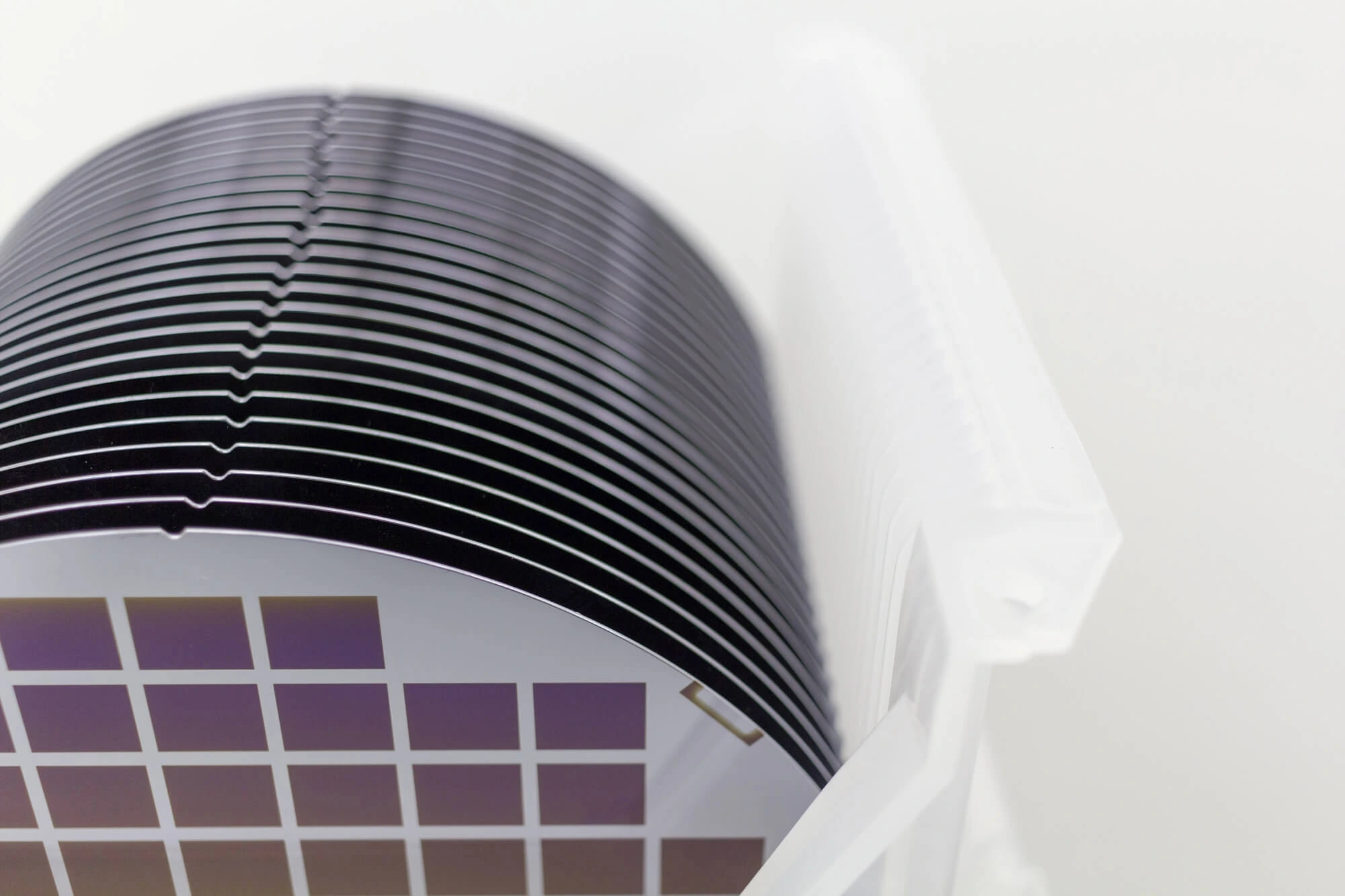
Discover how many dies a germanium wafer can produce based on wafer size, die layout, and yield. Learn what impacts cost and efficiency before sourcing!
Read MoreCurious about silicon nitride wafers? Learn how they’re used in semiconductors, their limitations, and when silicon wafer suppliers recommend them.
Read More
Explore the 2025 InP wafer market—current prices, supply trends, demand forecasts, and key factors to make smarter purchasing decisions and secure reliable suppliers.
Read More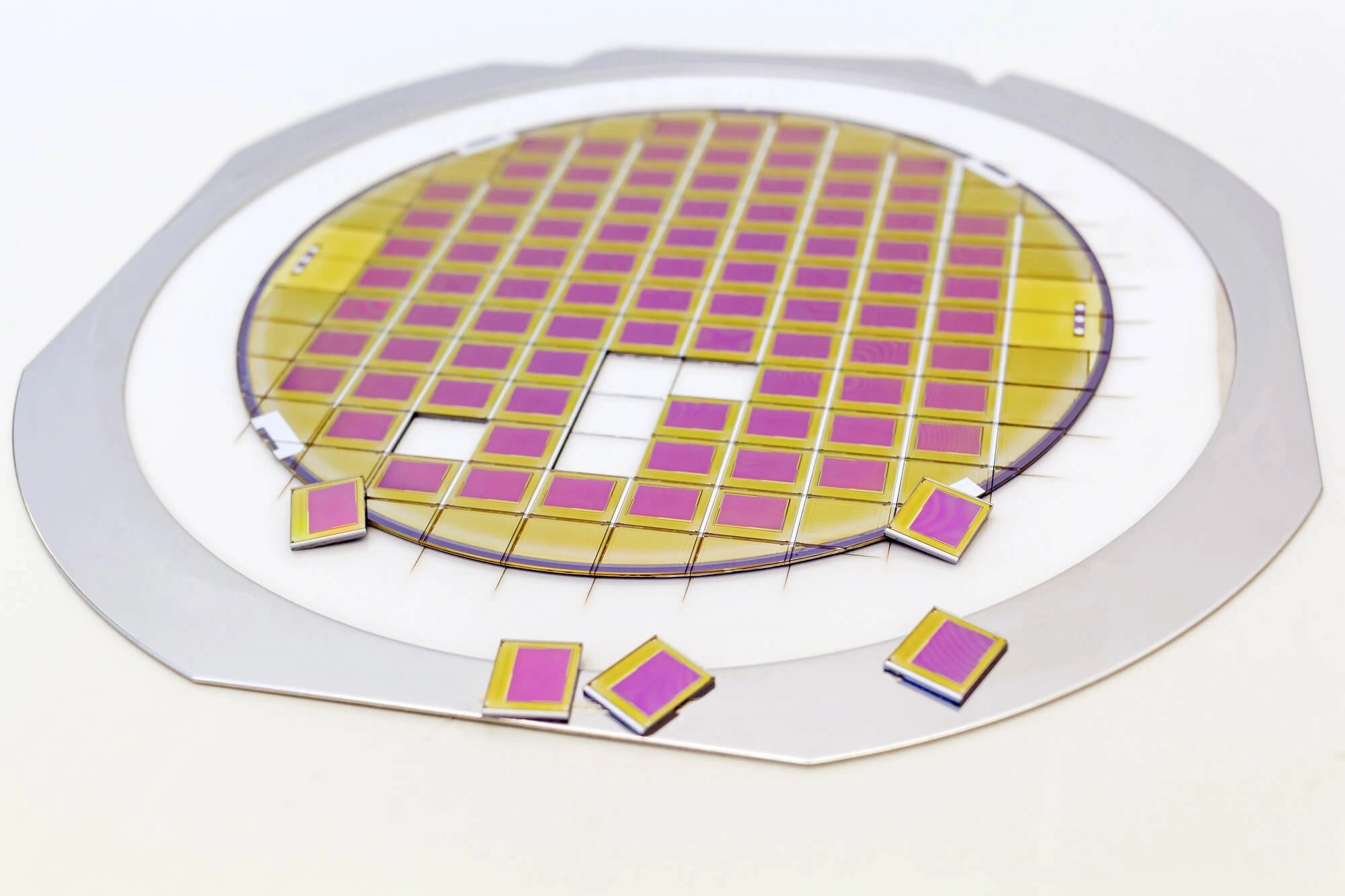
Learn how silicon lattice constant and crystal orientation impact wafer manufacturing—boosting device yield, performance, and design precision.
Read More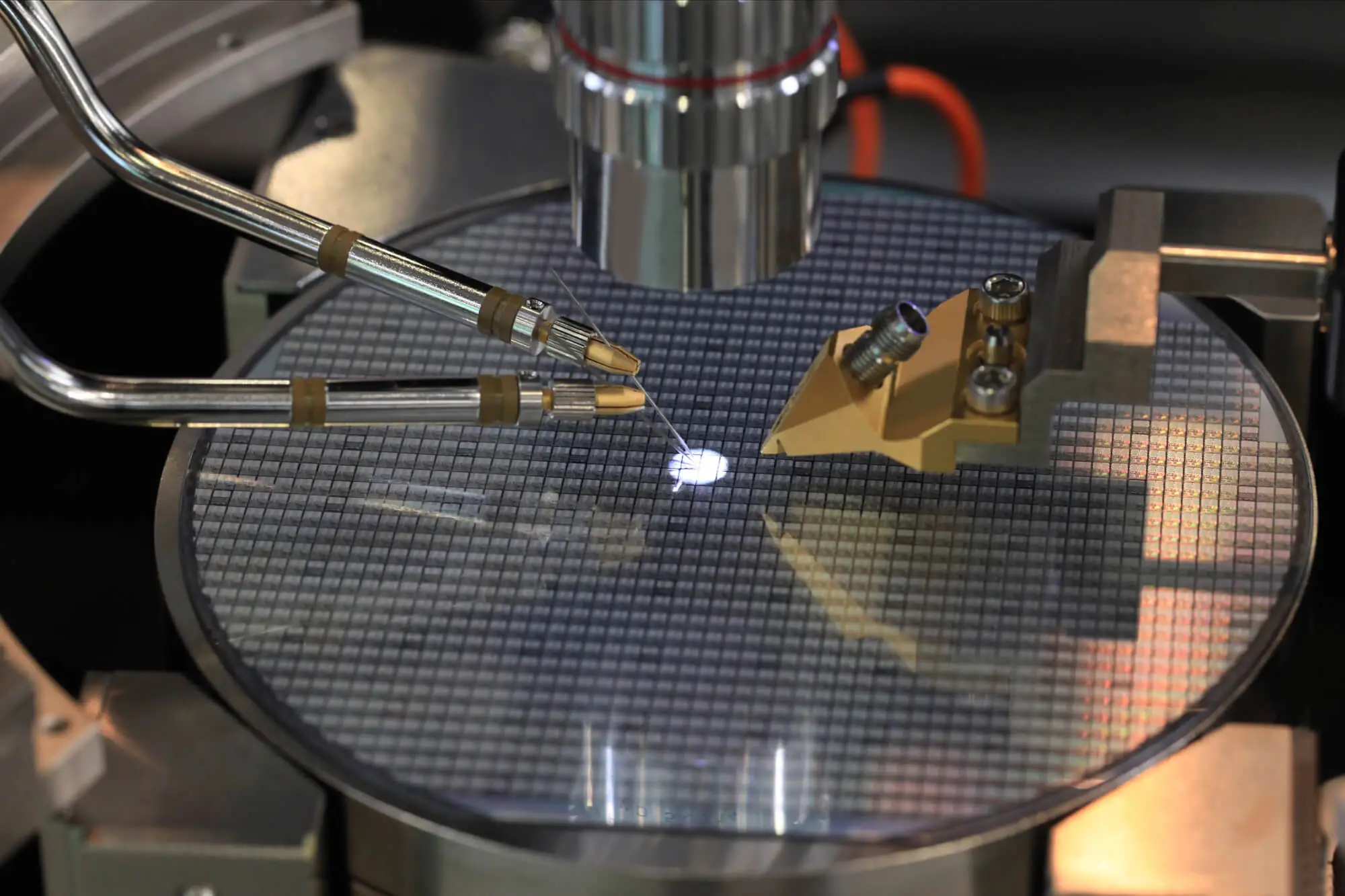
Learn how laser marking is used to identify semiconductor chips with high precision and zero damage. Discover the marking process, equipment types, and key benefits.
Read More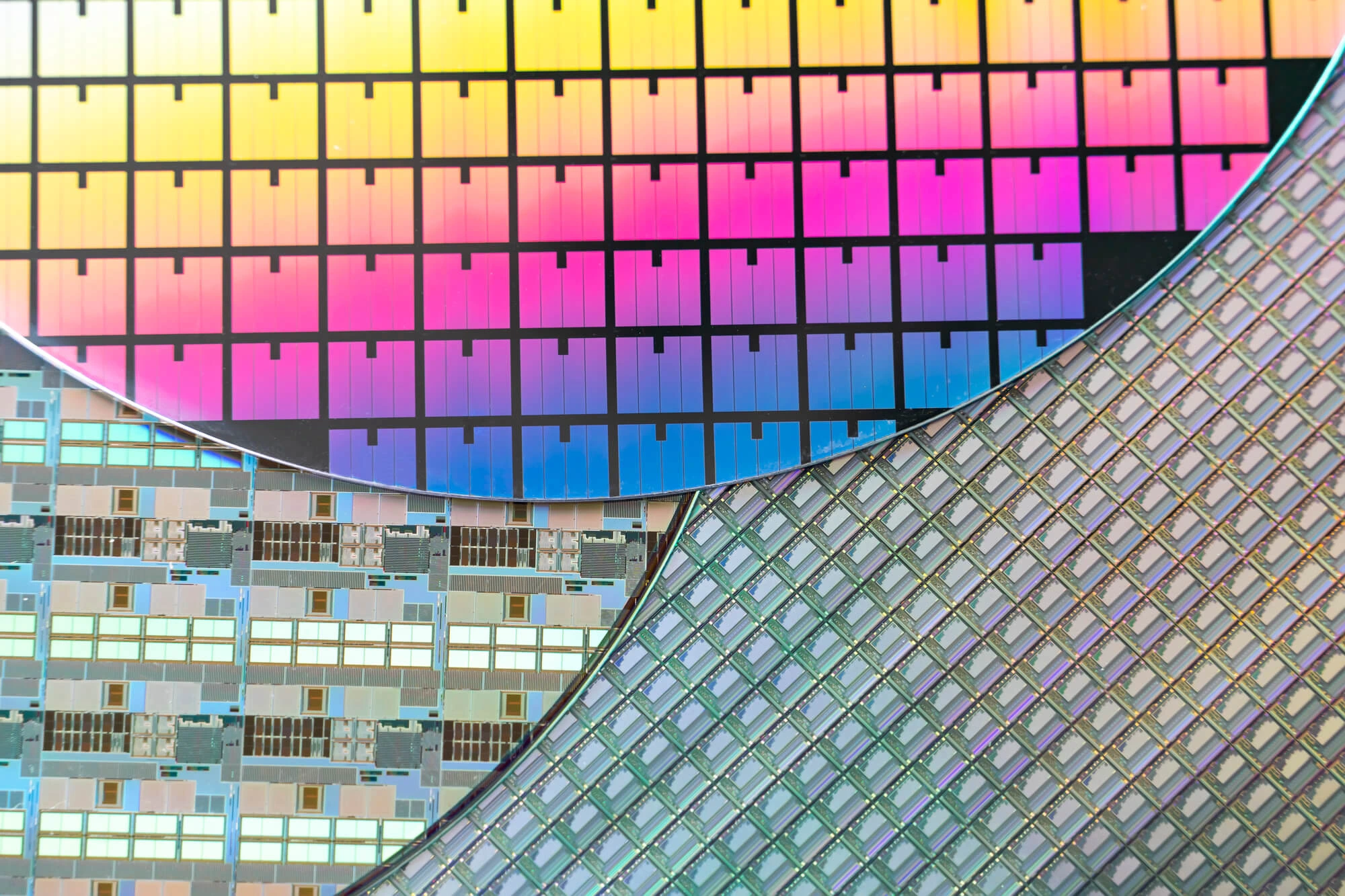
Germanium wafers offer speed, sensitivity, and energy efficiency in semiconductors—and the material’s atomic number plays a big role in that.
Read MoreConfused between silicon and silicone wafers? Discover the difference and learn how selecting the right silicon wafer supplier ensures optimal performance and precision.
Read More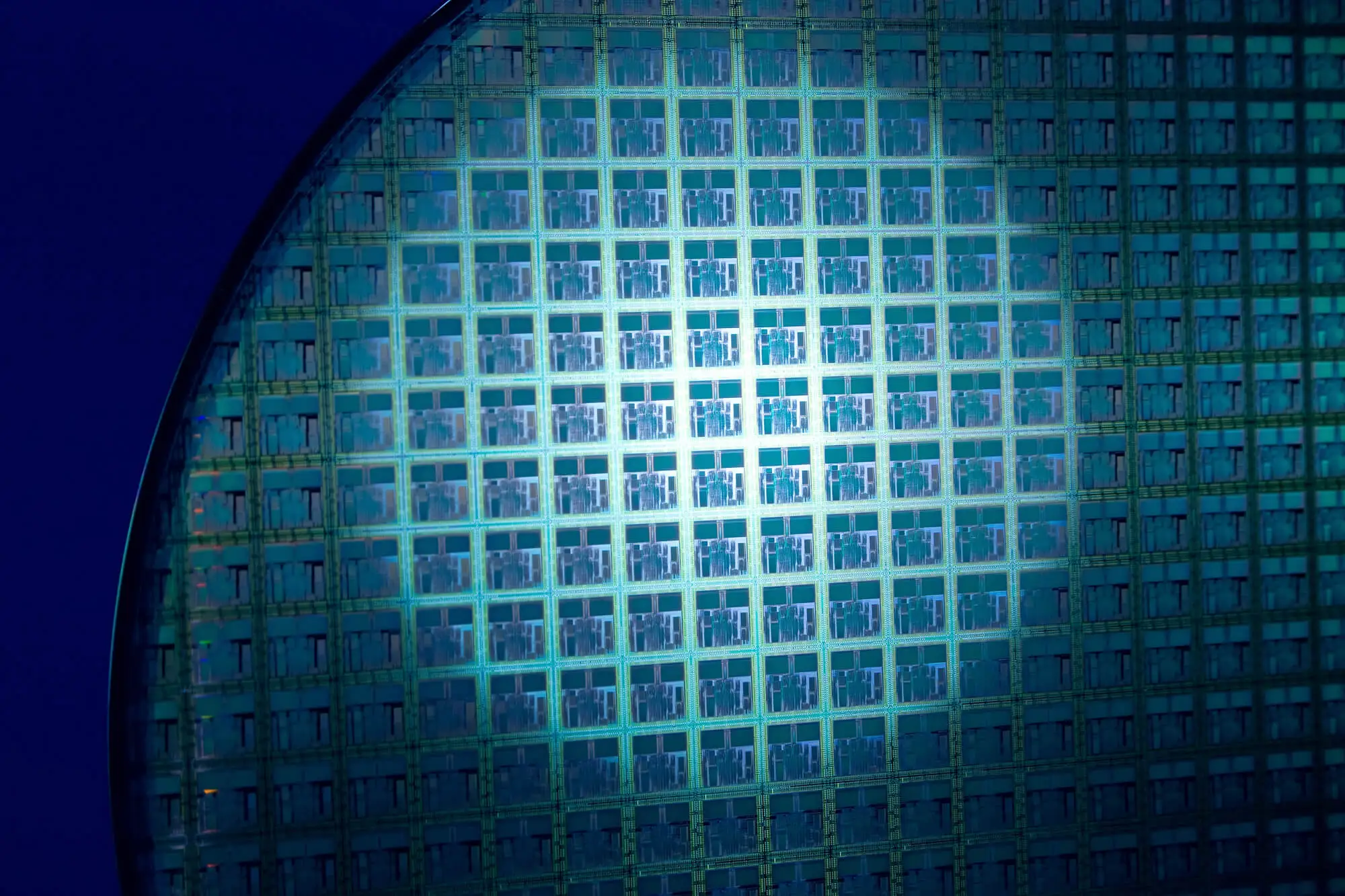
With this glossary, discover what an FZ wafer is, how it’s made, and why float-zone wafers deliver superior purity and performance.
Read MoreDiscover how polysilicon is purified, cast into ingots, and sliced into silicon wafers—the critical first step in high-efficiency solar cell production.
Read More